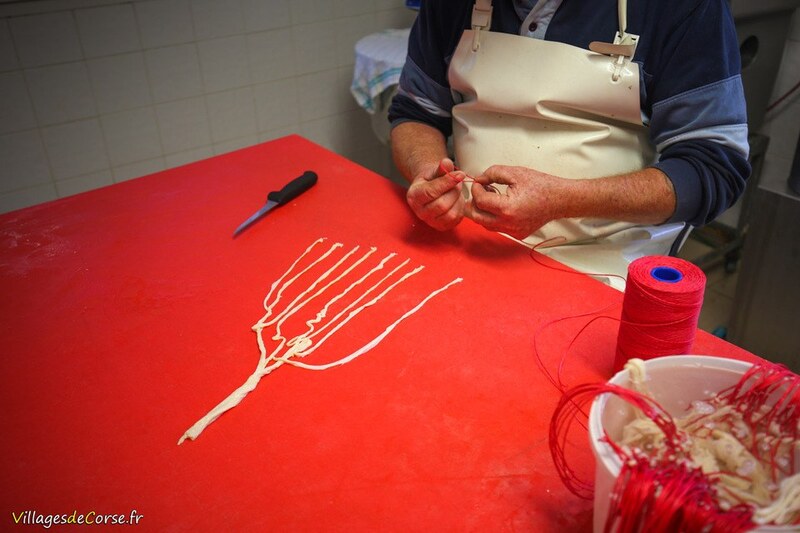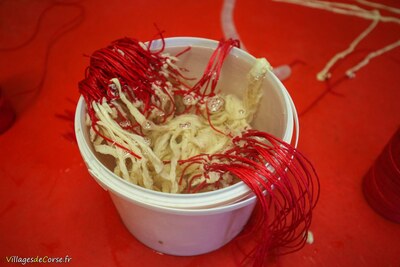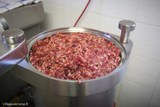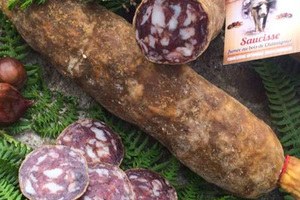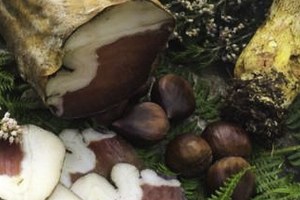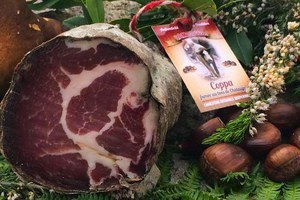Figatellu - Composition and storage
Flagship of the island's charcuterie
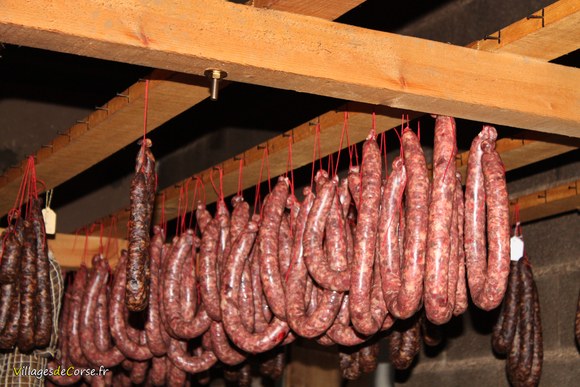
Figatellu is the emblem of Corsican charcuterie. If it were sold all year round, it would perhaps dethrone the sausage. Grilled over an open fire, its taste is probably the most distinctive of all cured meats. It must be eaten cooked. Production begins as soon as the figs are slaughtered in November, and runs from December to March, so you won't find any in summer, since figatellu doesn't keep as long as charcuterie.
Not recommended for pregnant women
Even when properly cooked, figatellu is not recommended for pregnant women, as a precautionary measure.
Figatellu composition
Figatellu - figatelli in the plural - is a fresh sausage made from a mixture of offal, bon gras and liver. These three parts are visible when sliced: the white gelatinous pieces form the fat, the red corresponds to the lean offal, and the liver is a little darker.
Liver
In Corsican, the liver is pronounced fegatu (with its variant fecatu), the origin of the figatellu's name. Since figatellu is not inexhaustible, figatelli production depends above all on the amount of liver used in each sausage.
Fat
The fat used is a noble, soft fat that must be melting, found in the belly of the pig that is also used to make panzetta. Hard fat and rind are not used in figatellu.
Offal
This is a somewhat freer part of the recipe for charcutiers, both in terms of proportions and the parts concerned. You'll find heart, tongue and spleen, as well as other organs.
The preparation
Once the liver, fat and offal have been chopped and mixed, we enter the family secrets, which follow recipes that are sometimes ancestral, sometimes innovative. The preparation that is added is a mixture of salt, pepper, spices, but also wine with pressed and filtered garlic extracts. The final preparation is then machine-fed into pig casings. The figatelli can then be smoked or dried.
Figatellu preservation
Unlike other cured meats, figatellu doesn't keep for more than a few weeks after production. For this reason, figatellu is not available outside the winter production period, when the animals begin to be slaughtered.
Recipe with figatellu
Made from chestnut flour, pulenta goes very well with figatellu cooked over a wood fire, and can be topped with brocciu, to fill up on calories for the cold winter months. If you don't have chestnut flour, lentils with carrots or white beans will do just fine.
